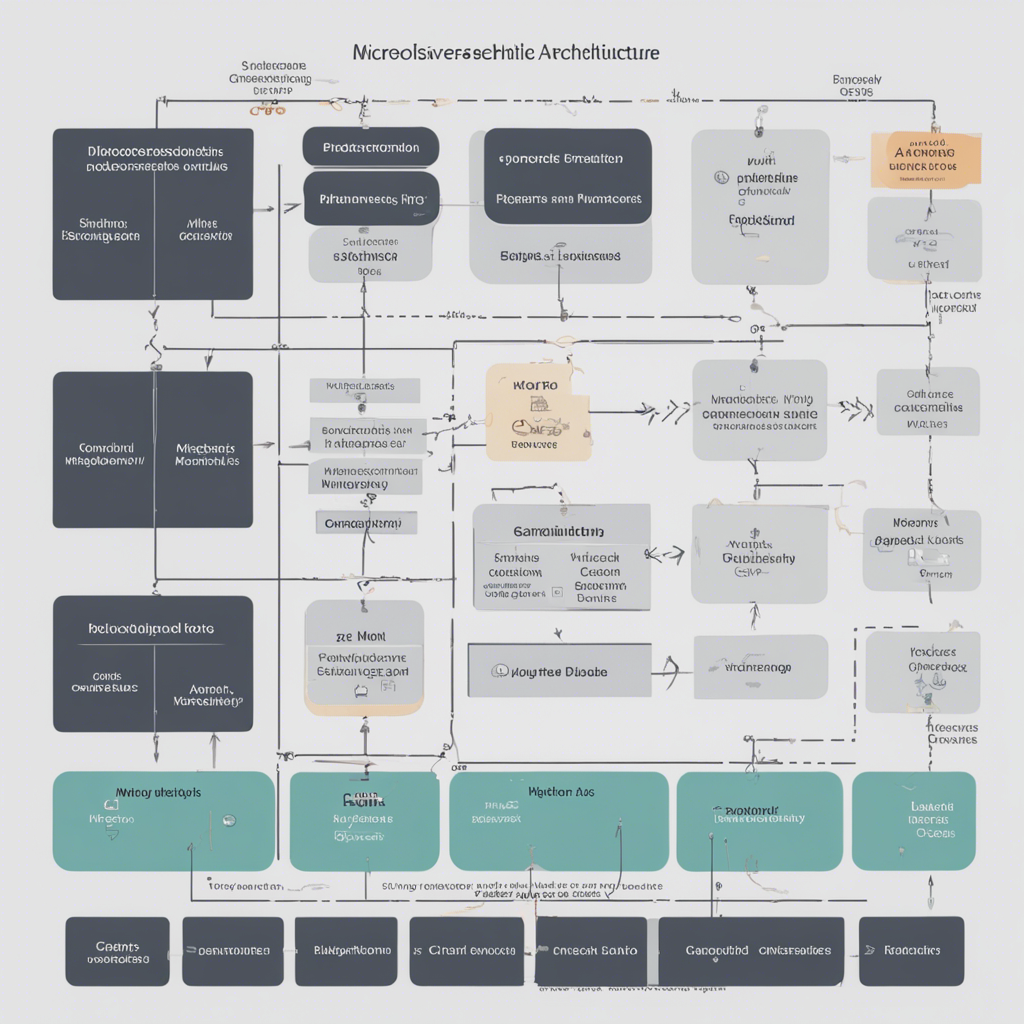
Creating Cross-Platform Mobile Apps: Tools and Tips
In today’s digital world, mobile applications have become an integral part of our daily lives. With the increasing demand for mobile app development, developers are faced with the challenge of reaching a wider audience across different platforms.
Creating cross-platform mobile apps allows developers to build applications that can run seamlessly on multiple operating systems such as iOS, Android, and Windows. This approach not only saves time and resources but also expands the potential user base.
In this blog post, we will explore various tools and tips for creating cross-platform mobile apps that are efficient, user-friendly, and visually appealing.
Understanding Cross-Platform Mobile App Development
Cross-platform mobile app development involves writing code once and deploying it on multiple platforms, rather than developing separate codebases for each platform. This approach enables developers to save time, effort, and resources.
To achieve cross-platform compatibility, developers often use frameworks and tools that allow them to write code in a single programming language, which is then translated into the respective native code for each platform during the build phase.
Tools for Cross-Platform Mobile App Development
-
React Native: Developed by Facebook, React Native is a popular cross-platform framework that allows developers to build mobile applications using JavaScript and React. It leverages native components to deliver a native-like experience on multiple platforms.
- React Native provides a rich set of pre-built components and libraries, which speeds up development and reduces code duplication.
- It enables hot reloading, allowing developers to instantly see the changes they make without rebuilding the entire project.
- React Native also has a large community and extensive documentation, making it easy to find support and resources.
-
Flutter: Developed by Google, Flutter is an open-source mobile app development framework that uses Dart programming language. It allows developers to build high-performance, visually appealing, and native-like applications for both iOS and Android.
- Flutter uses a single codebase, enabling developers to write once and deploy on multiple platforms.
- It offers a rich set of customizable widgets and provides a flexible UI framework, empowering developers to create stunning user interfaces.
- Flutter also has a strong community and growing ecosystem, providing access to various libraries, plugins, and tools.
-
Ionic: Ionic is a popular cross-platform mobile app development framework that uses web technologies such as HTML, CSS, and JavaScript. It allows developers to build hybrid mobile applications using a single codebase.
- Ionic offers a wide range of pre-built UI components, making it easier to create visually appealing and responsive applications.
- It leverages Apache Cordova, which enables access to native device functionalities through plugins.
- Ionic also provides a CLI (Command Line Interface) tool, simplifying the development process and allowing developers to build, test, and deploy the application with ease.
Tips for Cross-Platform Mobile App Development
-
UI/UX Consistency: Aim for a consistent user interface and user experience across different platforms. While some differences may be unavoidable due to platform-specific guidelines, maintaining consistency can help users feel more familiar with the app, regardless of the platform they are using.
-
Performance Optimization: Optimize the performance of your cross-platform app by implementing techniques such as lazy loading, code splitting, and caching. These strategies can significantly improve the app’s performance and reduce load times.
- Use tools like Lighthouse and Google PageSpeed Insights to analyze and optimize your app’s performance.
-
Testing and Debugging: Testing is crucial to ensure the functionality and stability of cross-platform apps. Utilize automated testing frameworks like Jest, Detox, and Appium to run tests on multiple platforms simultaneously.
- Incorporate continuous integration and continuous deployment (CI/CD) tools like Jenkins or CircleCI for automated builds, testing, and deployment.
-
Platform-Specific Customization: While aiming for cross-platform compatibility, it’s also important to leverage platform-specific features and capabilities. This can enhance the user experience and make your app feel more native to each platform.
- Explore platform-specific plugins and libraries that allow access to native functionalities not provided by the cross-platform framework.
Conclusion
Creating cross-platform mobile apps requires careful planning, strategic decision-making, and the right set of tools. With frameworks like React Native, Flutter, and Ionic, developers can build cross-platform apps efficiently and effectively.
Remember to prioritize user experience, optimize performance, and leverage platform-specific features when developing cross-platform apps. Regular testing and debugging are essential to ensure smooth functionality and overall app stability.
By utilizing the tips and tools mentioned in this blog post, developers can create visually appealing, user-friendly, and cross-platform mobile apps that provide value to a wider audience.
Disclaimer: The views and opinions expressed in this article are those of the author and do not necessarily reflect the official policy or position of any referenced company or organization.






